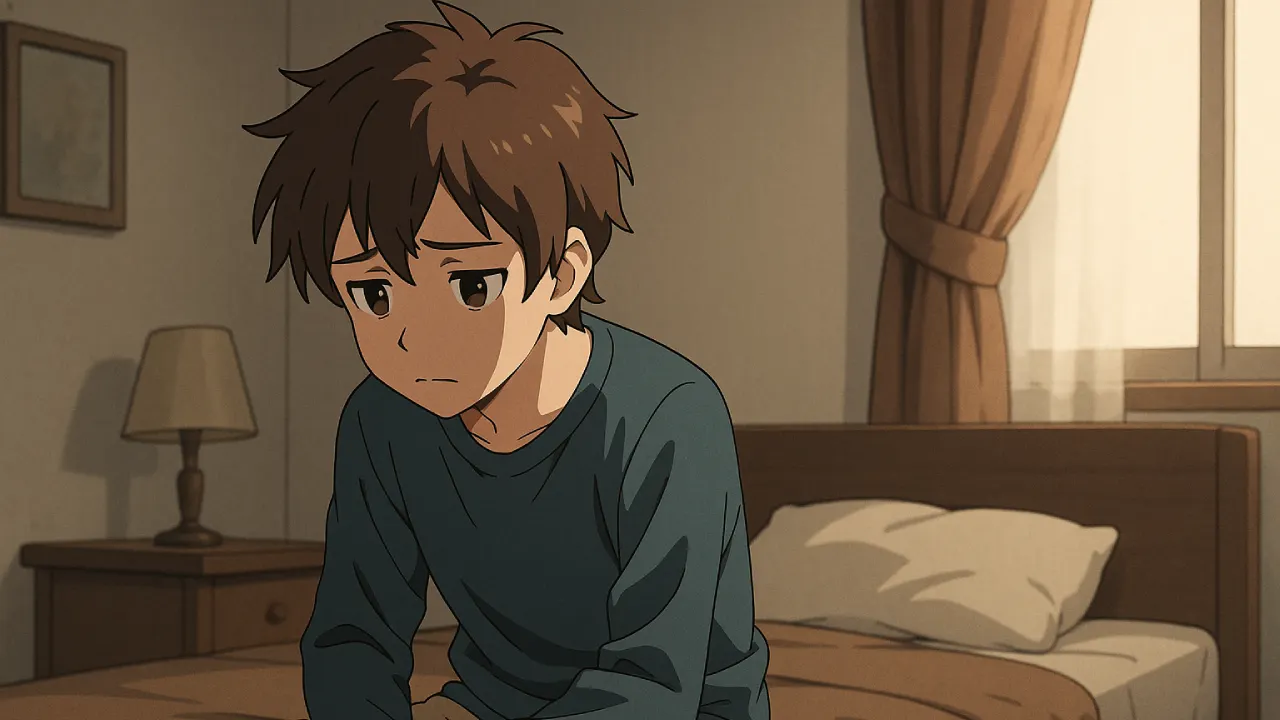How to Recognize If You Have Childhood Trauma
 October 9, 2025
October 9, 2025 4 minute(s)
4 minute(s)
Childhood trauma isn’t always obvious.
It doesn’t always come from one big, life-altering event. Sometimes, it’s the quiet ongoing pain that lingers in the background, the unpredictability at home, the emotional distance from your caregiver, or the sense that love had to be earned.
Over time, these experiences can leave deep imprints on your body, mind, heart, and soul, shaping how you see yourself, how you connect with others, and how safe you feel in the world.
As trauma expert Dr. Omar Reda often reminds us:
Childhood memories don’t just disappear when ignored. Trauma skeletons can hide in our closets like “the big elephant in the room” that wreaks havoc in our relationships, and like demons that haunt our restless sleep and plant seeds of self-doubt in our very deep core. The good news is that childhood trauma is not a death sentence. The heart break and the soul ache, the racing thoughts and the body depletion are reminders for you to look within. The cycle can be broken. It needs to be broken. Be the reason your children don’t have to carry that heavy burden. Say today “the cycle stops with me“.
Recognizing these patterns isn’t about blaming your past, but rather about understanding how it lives in your present. Awareness is the first act of healing.
Common Signs You Might Be Carrying Childhood Trauma
Childhood trauma doesn’t always look like what we imagine. It often hides behind habits, emotions, and reactions that quietly shape our adult lives.
If any of these feel familiar, it doesn’t mean something is “wrong” with you – it means your mind and body have been doing their best to keep you safe.
1. Emotional triggers
Small events can cause big emotional responses like fear, anger, shame, or sadness that seem disproportionate to what’s happening.
Your nervous system is remembering something your conscious mind may not.
2. Difficulty trusting others
You may find it hard to believe that people will show up for you or that their intentions are genuine. Trust, once broken, takes time and safety to rebuild.
3. Low self-esteem
Feelings of unworthiness or guilt often run deep, even when life looks “fine” on the surface. You might constantly question your value or feel you must earn love.
4. Challenges with boundaries
You might protect yourself by being overly guarded, or, on the other hand, say “yes” when you mean “no” just to avoid conflict or abandonment. Both are survival patterns, not character flaws.
5. Anxiety or depression
Chronic worry, panic, or sadness can often trace back to a body and mind that never learned what safety feels like. Healing begins when you start to notice, not judge, those feelings.
6. Replaying past events
You may find yourself stuck in mental loops, reliving moments of pain or confusion, or having recurring dreams or flashbacks. Your body is trying to complete what was left unresolved.
7. Avoidance
Avoiding certain people, places, conversations, or memories can feel protective, but it also keeps the pain frozen in place.
Facing the past, when you are ready, and with support from both people you trust and from professionals, can help you release what no longer serves you.
The Path Toward Healing
If you recognize yourself in these signs, know this: you are not broken, You’re healing from what broke you.
Many people carry childhood trauma silently, but recovery is possible and deeply transformative.
Healing doesn’t mean forgetting your past; it means learning to live peacefully with it.
As Dr. Omar Reda beautifully puts it:
It takes a village to heal a child. Find your tribe. Build your support network. Healing is possible and you deserve to heal. Start today]
Working with a competent trauma-informed therapist can help you explore these patterns safely and at your own pace.
Therapy offers a space to be witnessed, often the very thing you needed as a child but didn’t receive.
In addition, examples of self-care and grounding practices that can support your progress include:
- Journaling to express what was once unsaid.
- Mindfulness or breathwork to anchor yourself in the present.
- Gentle movement, like walking or yoga, to reconnect with your body.
- Building supportive relationships that model mutual care and trust.
- Spiritual practices.
- Gratitude.
- Acts of service towards those in need, within reason.
And perhaps most importantly patience. Healing doesn’t happen overnight.
Every small moment of awareness, every boundary you honor, every time you speak your truth is a quiet act of resisting dysfunction and reclaiming your life.
As Dr. Omar Reda reminds us:
Healing is a journey. Don’t place the burden of internal expectations or the pressure of external judgments on your shoulders.
Rewrite your story, even if that takes time. Walk at your pace, chapter by chapter. Heal your childhood trauma, one invisible wound at a time.
Childhood trauma may have shaped your story, but it does not define its ending.
You have the power to turn survival into strength, and pain into purpose – one gentle step at a time.
 Family & Friendships
Family & Friendships 